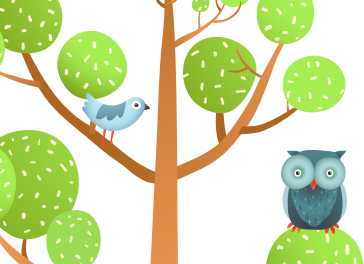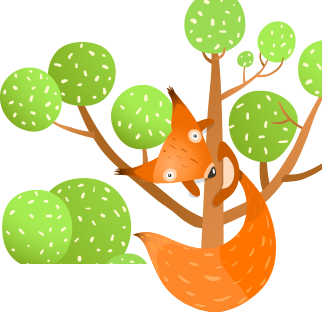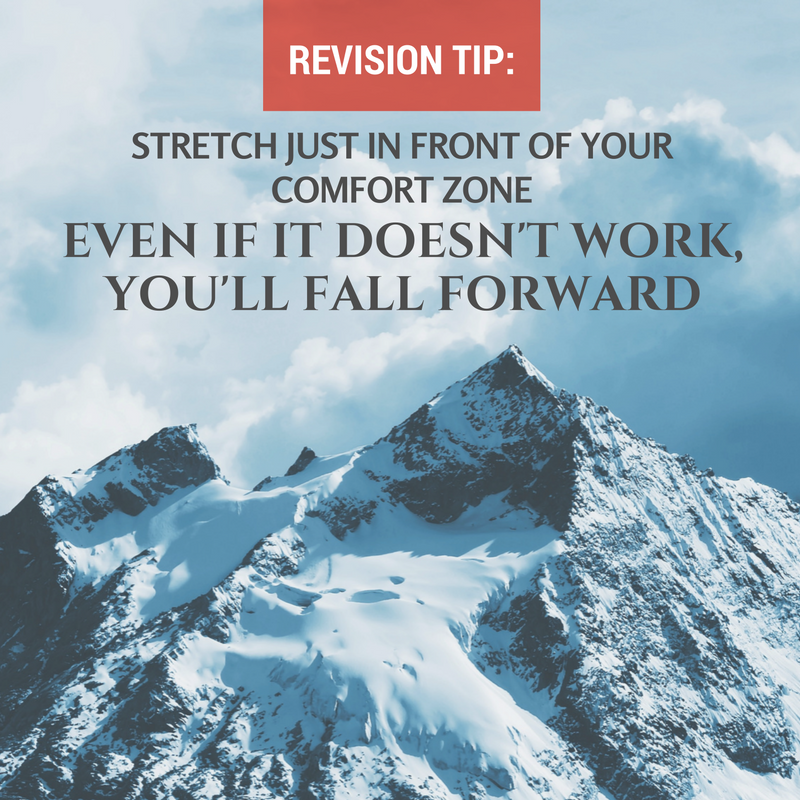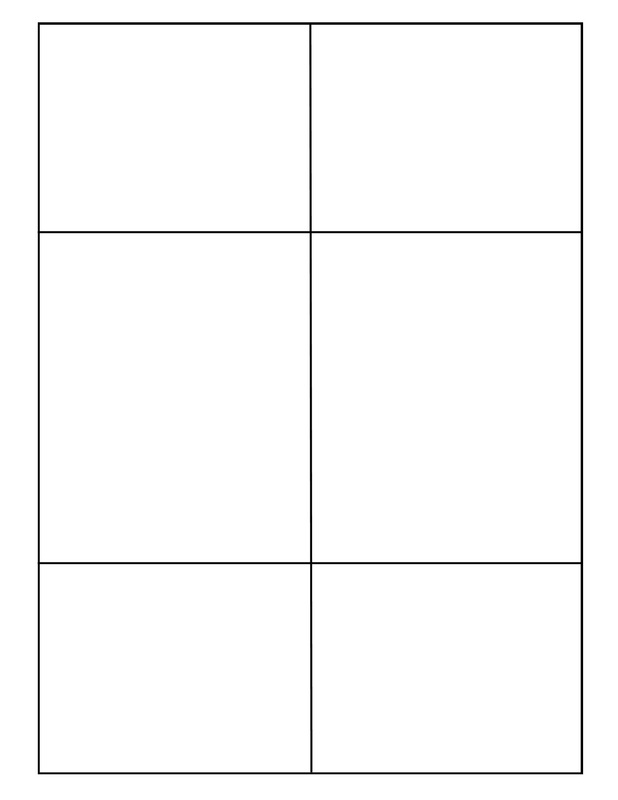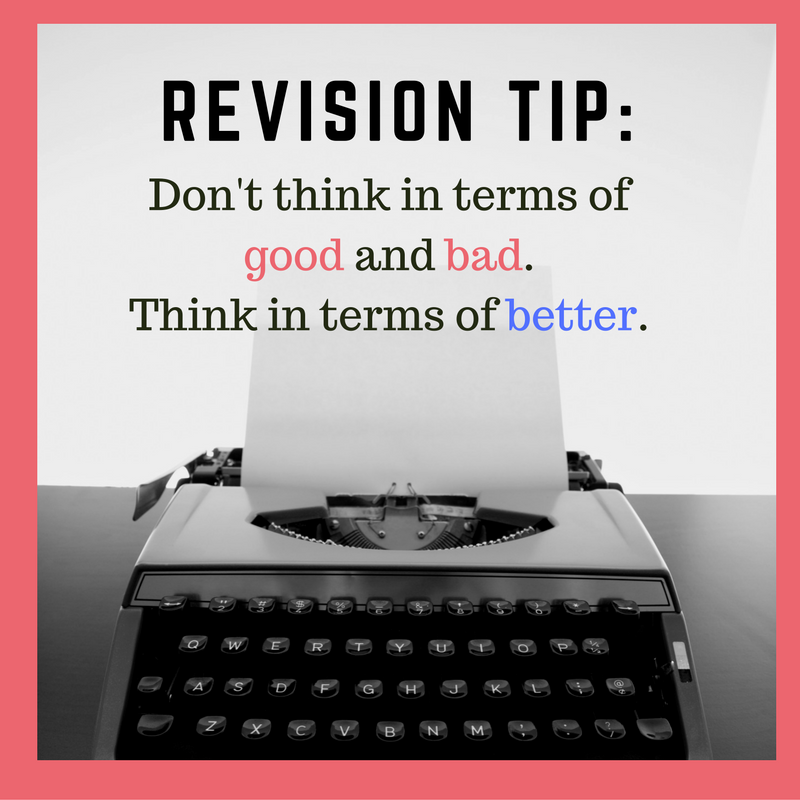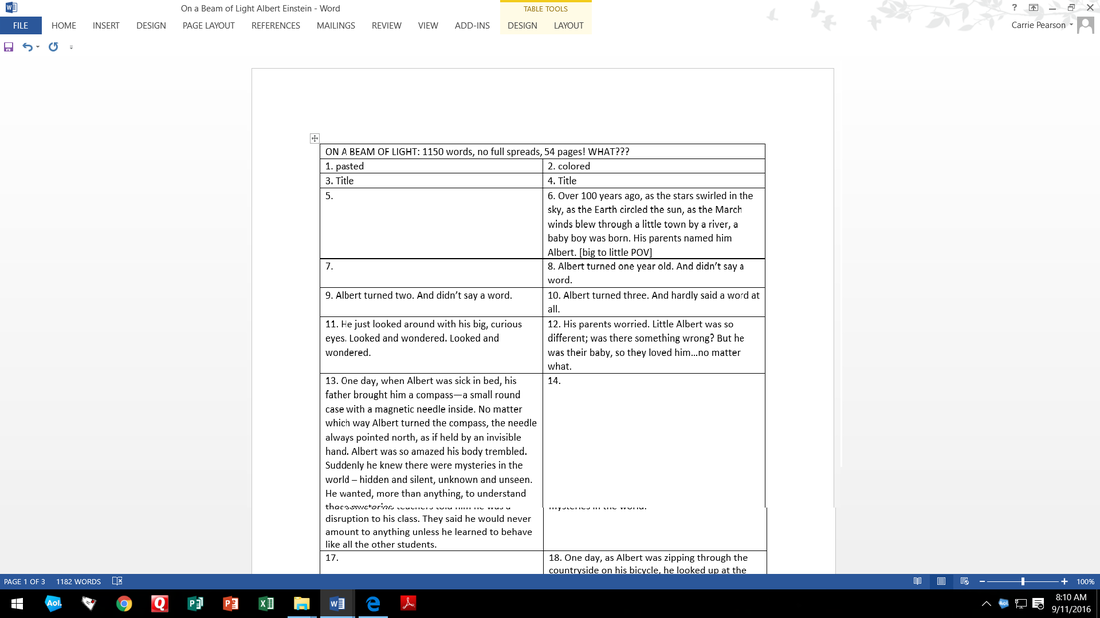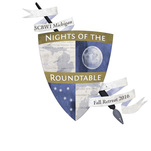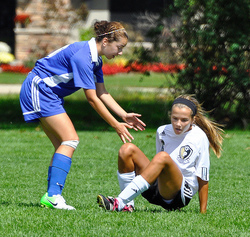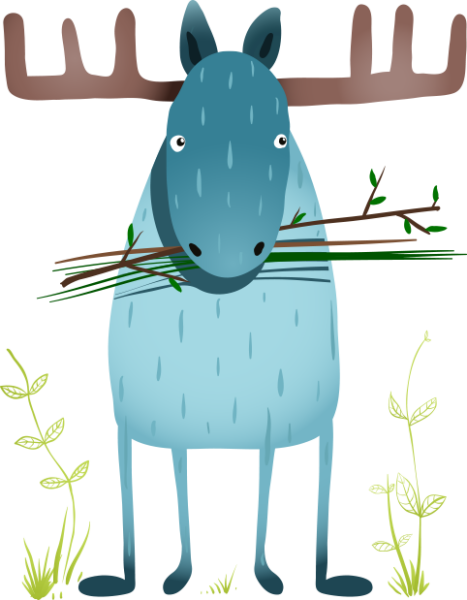Notice in the author’s and illustrator’s bios that Sterling is not only listing achievements but is showing booksellers why these creators are a good bet. The creative team’s individual and collective
platforms — which is an ability to sell books because of who you are or who you can reach
(Jane Friedman) — are spelled out convincingly. These qualities are what made this author and illustrator attractive to Sterling and gave them evidence that these creators will contribute to sales. Of course, many of us won’t have such a large list of accomplishments or as deep a platform. But even a tiny bit of backstory as to why this author chose this topic is interesting and gives reason to believe the book will hit the mark. (This tiny bit of backstory might have been written into a cover letter or query as well…)
** What is your platform? Can you write it out using Linda Ashman’s model? **
The Key Selling Points may be the most important piece for study. Sterling is delivering on a digital platter the many ways this book and this author will appeal to buyers. They are giving bookstores reasons to say yes to buying this book for their shelves and talking points they can use to handsell the book to customers.
As writers, we can study the Key Selling Points and extrapolate to our own WIP. Picture editors and the marketing team debating the merits of your manuscript at acquisition. Does it have the potential for a large audience (notice how Sterling gives numbers of soccer players to illustrate the potential? — again, good material for a cover or query letter)? Does it have opportunities for diversity in illustration or in storyline? Not every book must, but it is an important aspect of our book culture and most publishers are invested in creating more diversity in children’s books. Does it offer a new take on a universal theme (in this case, the importance of teamwork and persistence)?
To land the deal, we want these hooks — and/or others that correspond to your topic and theme — to be sharp.
** What are the Key Selling Points for your WIP? Try listing them. If you can’t, maybe the project needs a slightly better focus. **
Continuing the Hey, Coach! page tour, take a look at the marketing and publicity section:
■ National print and online publicity campaign
■ Blog tour
■ Goodreads giveaway
■ Local events in author’s hometown of Chapel Hill, NC
Which of these items above do you think the author will have a hand in? If you said, “All” you are correct. There will be support from Sterling, but the author (and illustrator) will be on the front line and behind the scenes making this campaign successful.
Just for comparison, here is the marketing and publicity campaign section for Tammi Sauer and Vanessa Brantley-Newton’s fall release with Sterling called Mary Had a Little Glam. Both creators have a deep platform and Sterling is going big on this one:
■ Author appearance at ALA
■ National print and online publicity campaign
■ Included in Sterling’s Children’s White Box mailing (an American Booksellers Association program to mail promotional material to independent bookstores)
■Review copy mailing to organizations and websites supporting diversity in children’s books
■ National book tour
■ Trade advertising campaign
■ Digital focus on children’s book review and mommy blogs
■ Author to promote on her social media platforms and website
Again, lots of support from the publisher, but also lots of time investment by the creative duo as well.
Call me a catalog geek, but there is so much to learn from these pages. Grab your mug, your mouse, and see what you find. I’d love to hear your observations.

